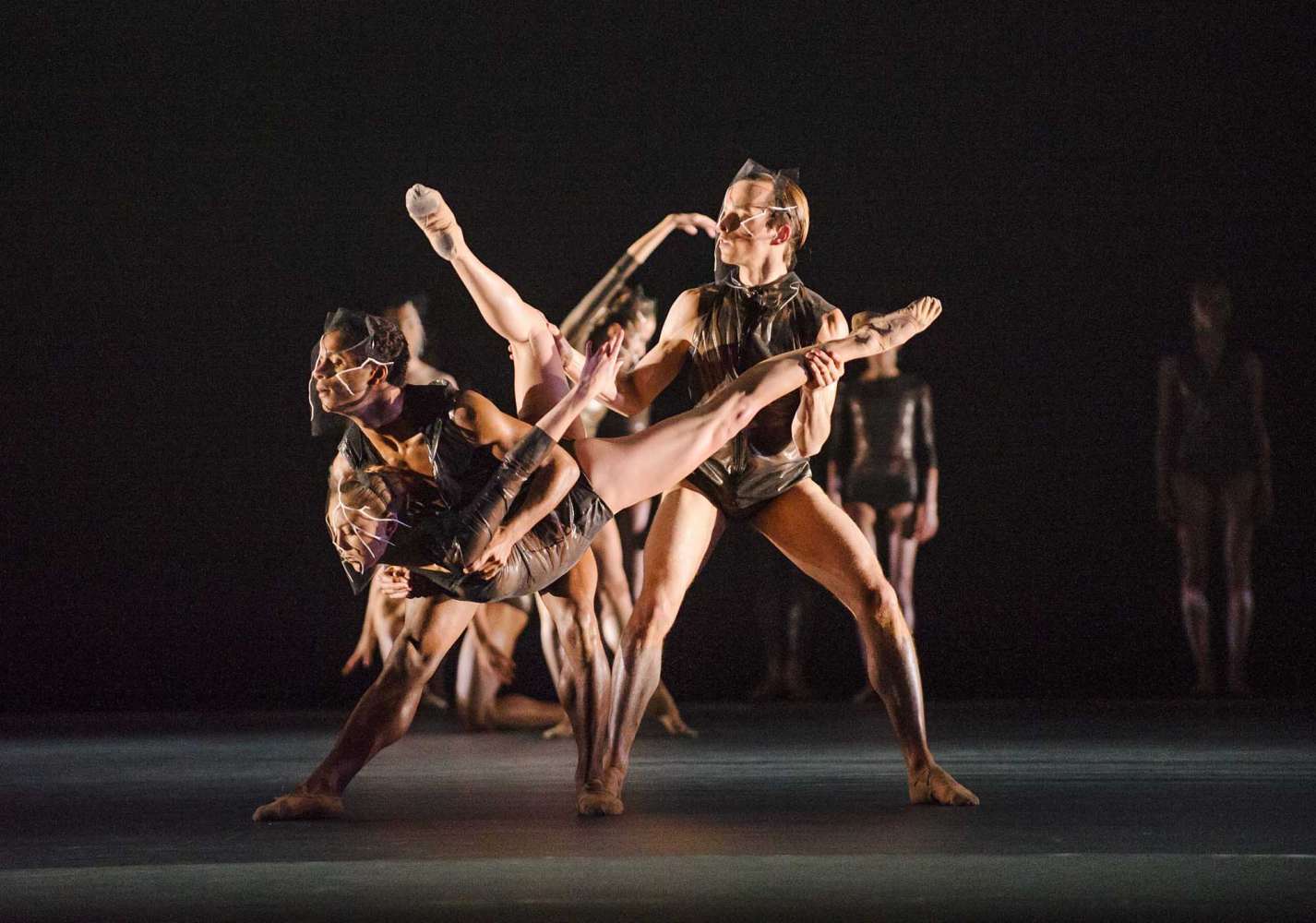TiMax 3D spatial audio revives Woolf Works
- Details

The high-tech multimedia production features an original score by Max Richter that called for a complex sound design by Chris Ekers, enabled and energised by a TiMax2 SoundHub spatial audio processor.
As this was a revival, the original challenges of a score incorporating both electronic music and a live orchestra, set in an environment not optimally suited to amplification, had largely been addressed previously. This time around, due to the efficiency and flexibility TiMax brings to multi-channel spatial audio production workflows, it was mostly a case of, “recalling the show file and off we went!” Ekers explains.
This versatility and ease of reset are principal reasons TiMax was essential to the multi-element spatial sound design, Ekers qualifies, “The key thing here is that rehearsal and production time for a revival is scheduled to a bare minimum. The opera house does not have a device to control every loudspeaker from one place and originally TiMax enabled us to create just that very quickly. This time around, what is especially good about TiMax SoundHub is that all system settings were immediately recalled, along with all the localisation and dynamic spatialisation data.”
Loudspeakers in the Royal Opera House number over 100, and the orchestra was distributed with varying spatial signatures throughout that distributed house system. For the electronic segments, an additional speaker system was positioned upstage, but due to space constraints the techno parts’ low-end was provided by two sub bass cabinets positioned onstage, just inside the prosc and facing towards each other across the stage. These subs were upstage of the orchestra by about 3.5m but downstage of the main techno speaker system by about 20m so the timing relationship between them all was critical.
When the techno elements were running, TiMax delay-matrixed the audio content back to the onstage system, and then seamlessly segued to the spatially amplified orchestral passages from the live orchestra in the pit. As Chris points out, “Switching between delay setups, when you’ve got a signal path playing electronic music that’s heavily delayed back on to the stage, and then going into a system where you’re focussing on an acoustic source from the pit - to seamlessly go back and forth – TiMax is really the only device that can do that.”
Throughout the three very distinct sections of the triptych, TiMax object-based spatial rendering offered innovative solutions to audio challenges and enabled imaginative responses to the detail of Max Richter’s score with its wealth of 3D soundscaping opportunities. Ekers maintains the simplicity and control, which the TiMax SoundHub provides, over a vast and complex audio system and production, was a defining motivator for its use.
“What is really important in this production is the option to have various independent sources mixed to multiple outputs with different delay times. There are other ways this could be achieved, but not without using valuable busses and lots of production time, which we certainly didn’t have second time around for a revival. If we hadn't had TiMax this time around, I don't know how we would have achieved the result we’ve had.”
(Jim Evans)
















